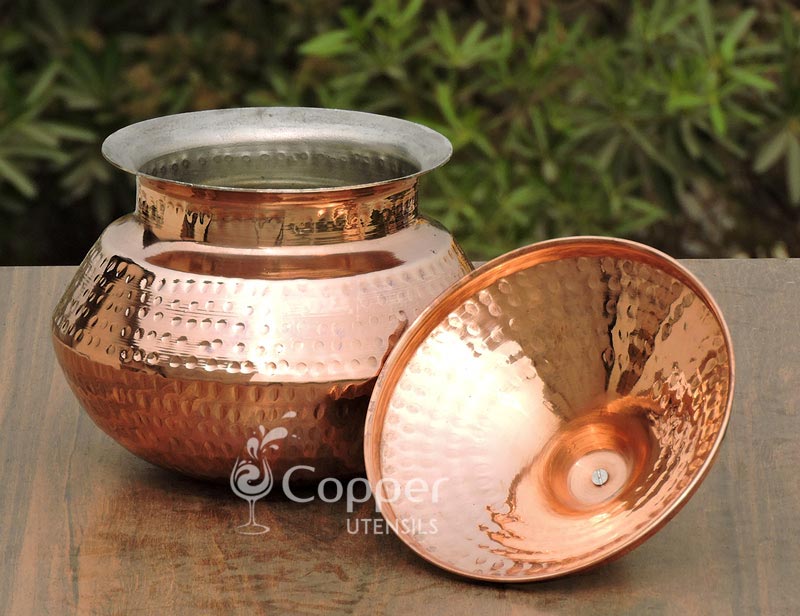Copper utensils are making a comeback in everyone’s kitchen. The reason behind this is that copper articles look better than steelware and have certain special qualities. Yes, it is expensive to buy a copper frying pan but the money spent is worth it. Let us take a look at some ways you can choose the best copperware. The secret is to be aware of a few things we will discuss as we go on.
Copper Makes Cooking Easier
The very first property of copper that makes it better for cooking is the high heat conductivity. This property makes the heat spread throughout the vessel while cooking which is essential for better cooking especially when you are cooking for two or more people. In case of regular stainless steel cookware, you will need to shift left and right which is really painful. Copper cookware does not suffer from this disadvantage as heat spreads throughout the dish and you will not need to shift from right to left and vice versa. Especially when we are cooking foods which require quick heating and cooling, copper is the ideal metal.
Another problem with steel cookware is sticking while frying or cooking. This is due to the uneven distribution of heat resulting in the creation of hot spots. Even the Teflon coating wears down quickly because of these nasty hot spots. However, heat is evenly distributed in a copper pan, so no hot spots are formed and therefore the Teflon coating on non-stick cookware lasts longer.
Characteristics of best Copper Cookware
The thickness of Metal – Cookware needs to have the thickness as it is always heating leading to thinning of the portion exposed to flames. While buying copper utensils and cookware you need to check this very carefully. Thin copperware can easily get damaged and are not good for cooking at all. Look out for handles which are made of cast iron instead of brass. Generally, copper cookware brands with brass handles have thinner bases. Another thing to look out for is the rolling of edges. Rolling means that the metal is thin and should not be used as a cookware.
Hammered or Smooth – Copper vessels are available in hammered and smooth option. When you have a look at the finish hammered definitely looks to be better. But is hammered better? Most of the copperware nowadays is built by machines, even the hammered ones, so if the seller says that it is handmade it might just be a marketing gimmick. The plain ones will definitely have more thickness and will be better for cooking. If you are buying copper jugs or copper tumbler for storing and drinking water the hammered variety is better due to the exposed surface area for copper dissolving in water.
Tin or Steel which is Better for inner Lining – There are misleading facts going around regarding the inner lining of copper utensils. The lining of copper is required as acidic foods like tomato and vinegar react with the metal. The utensils used for cooking should always have an inner lining. Tin lining has been used for thousands of years to prevent excessive leaching of copper into our food. Tin has a crystalline structure which means it is smooth and a natural non-stick. Teflon is better as a non-stick but proven to be toxic by recent research. This metal also is a good conductor of heat and resistant to acidic foods as well. Over a period of time tin oxidizes leaving traces of the metal in our food which is beneficial for preventing fatigue. The disadvantage is that the lining will wear and the coating has to be redone after every 10 years. High-temperature cooking is also not possible as tin begins to melt at 450 degrees Fahrenheit. Tin as a lining material is very good with care not to scratch the surface with steel scrubbers. Stainless steel lining is the more popular modern lining for copper pots. This is because stainless steel is very easy to clean and very robust. It does not tarnish or oxidize easily and this means lining remains for a much longer period than tin. The disadvantage is that the heat distribution of stainless steel lining results in uneven heating and the food sticks to the cookware.

